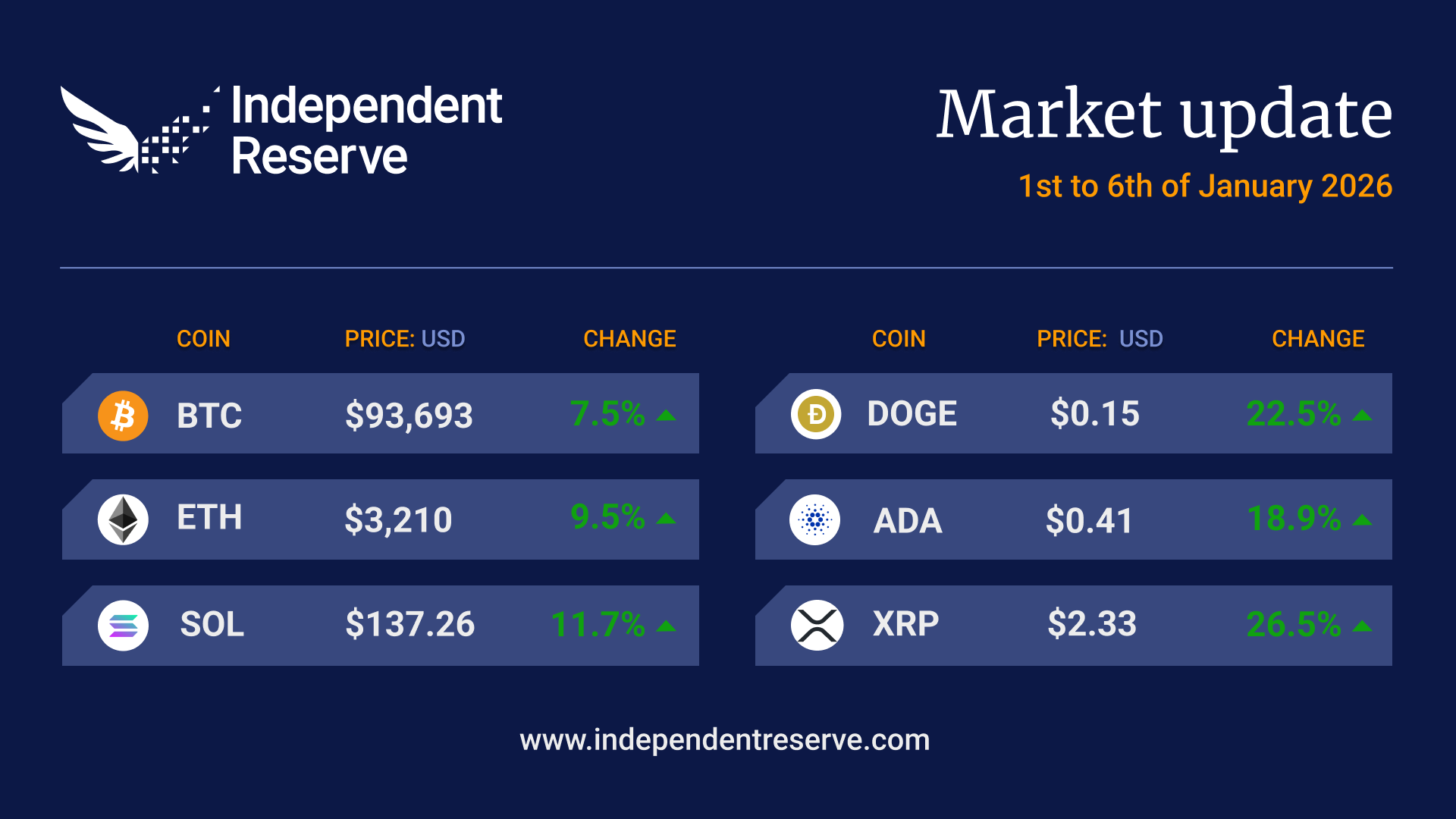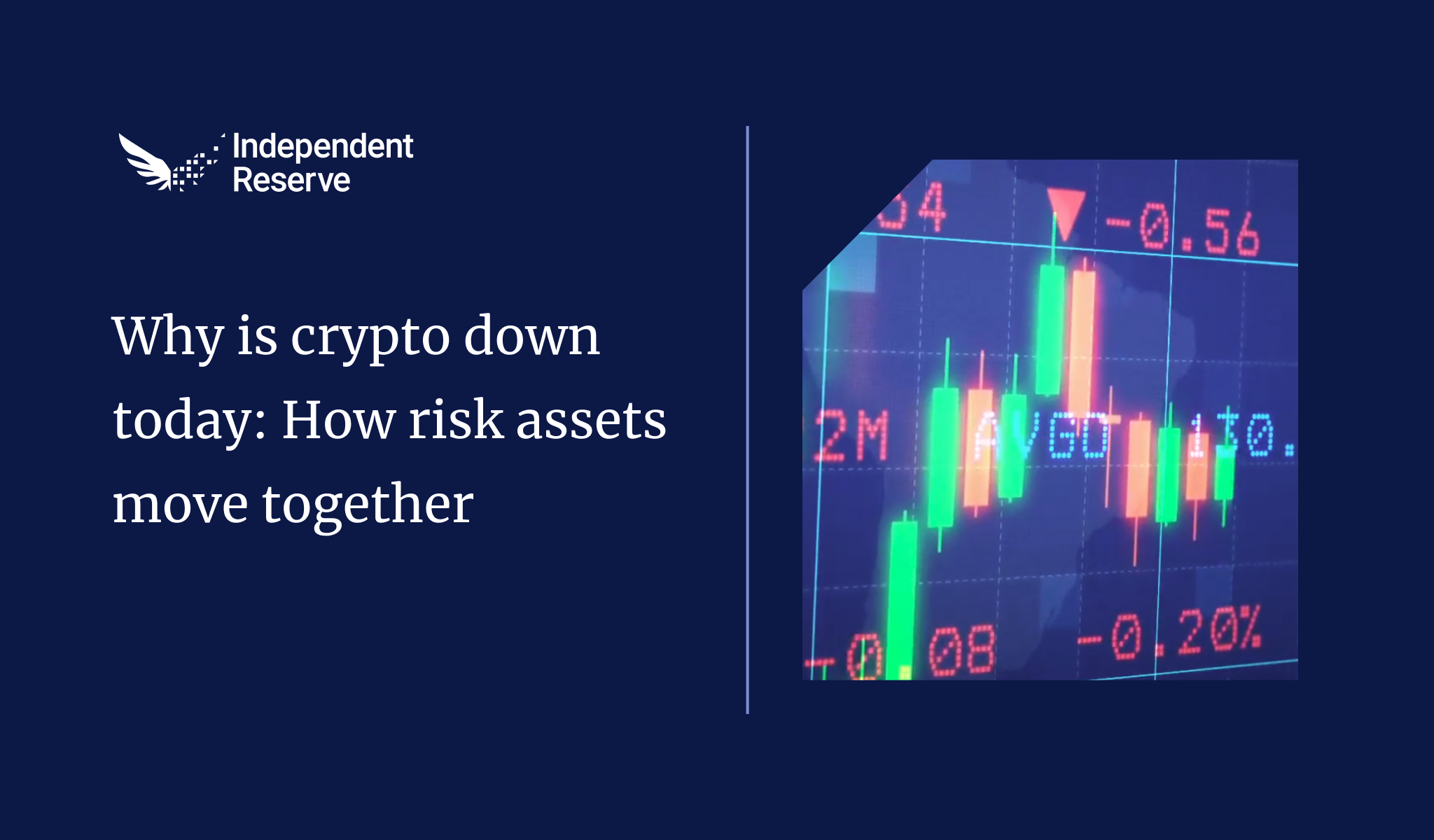How many Bitcoins are in circulation?
It’s estimated there are more than 18 million bitcoins currently in circulation, with just over 2 million left to mine. With new blocks being mined approximately every 10 minutes, this number is expected to reach 0 by the year 2140.
As Bitcoin gains popularity, many people considering buying Bitcoin are beginning to wonder how many are out there for the taking, and what happens when there’s less and less available?
Is there a limited supply of Bitcoin?
Bitcoin isdesigned to be capped at a maximum circulation of 21 million. By remaining finite and increasingly difficult to extract, Bitcoin replicates gold and other precious metals – hence it’s moniker as ‘digital gold’.
In fact, it’s also possible that the 21 million Bitcoins out there will never actually be fully mined, due to the use of rounding operators in the system’s codebase. Put simply, the amount of Bitcoins in existence may fall just shy of the 21 million cap and then remain that way indefinitely.
Although not likely, it’s still possible to modify Bitcoin’s hard cap. Developers would need to edit the source code, a hard fork would need to be created and the community would need to agree upon the changes. If you’re wondering if this has already been attempted, it has. Bitcoin Cash is just a hard fork of Bitcoin. However, it isn’t as popular or as widely adopted as its predecessor.
How long does it take to receive one Bitcoin?
Bitcoin transaction confirmations can take a few seconds to 90 minutes, ten minutes being the average. How long a transaction takes is dependent on the number of Bitcoin miners, what type of processing power they are working with, and the complexity of the math problem required to complete the transaction.
Lost or stolen Bitcoin
It is possible to lose a Bitcoin or have it stolen. More specifically, an individual can lose their private key that gives them access to their Bitcoin (or other cryptocurrencies). So the Bitcoin is not technically lost, just permanently inaccessible. There have also been some cases in which Bitcoin has been accidentally sent to the wrong recipient. In this circumstance, the Bitcoin will remain in that recipient’s wallet address until someone with access to their private key can get it out.
Hackers have also found ways to steal Bitcoin in recent years, but blockchain forensics has made it possible to trace cryptocurrency fraud faster than regular fraud.
Individuals can recover cryptocurrency due to the development of proprietary software that can look into information behind wallets. Blockchain information is visible in real-time, assisting those on the hunt for lost or stolen Bitcoin. Some organisations offer assistance with Bitcoin recovery that claims fees only when successful.
What happens after all the Bitcoin is mined?
With a maximum of 21 million Bitcoin available to mine, Bitcoin’s value will change. Miners may be offered transaction fees instead of block rewards, and these may become the main source of revenue.
Even with this consideration, industry insiders predict that Bitcoin will never reach its 21 million maximum. The reward that miners receive for each block completed halves every four years, but the value of Bitcoin may rise enough for that reward amount to still be precious.
What will happen to the value of Bitcoin?
Bitcoin’s supply limitations make it scarce and therefore more attractive to investors as an inflation hedge.
As with any asset, the price is controlled by supply and demand. While the supply is limited, the value of BTC largely depends on how much people are willing to pay for it.
Depending on who you ask, Bitcoin’s value is considered highly speculative. There’s no doubt that there will continue to be some wild price swings until there is more mainstream adoption and acceptance by institutions, but many contend Bitcoin and its influence is here to stay.



